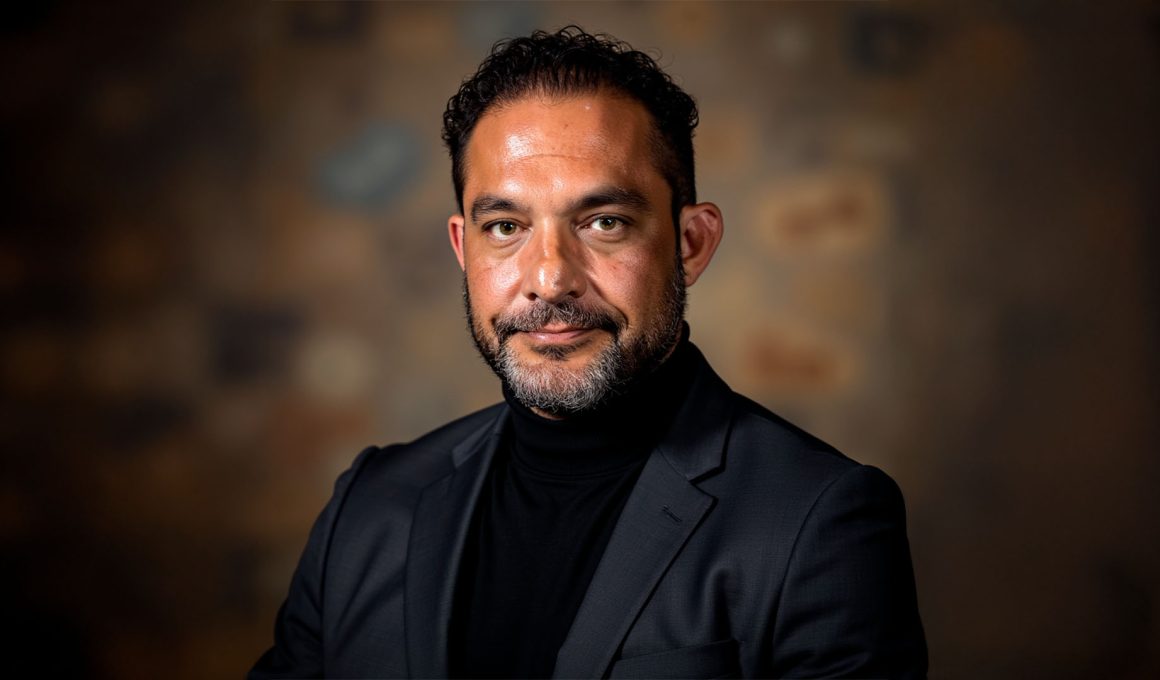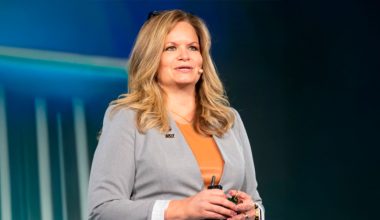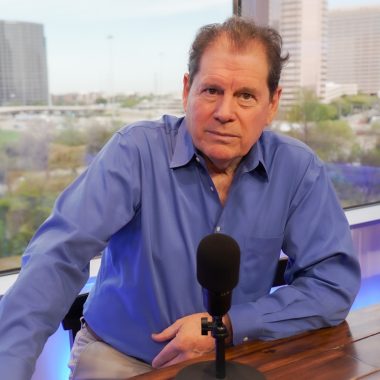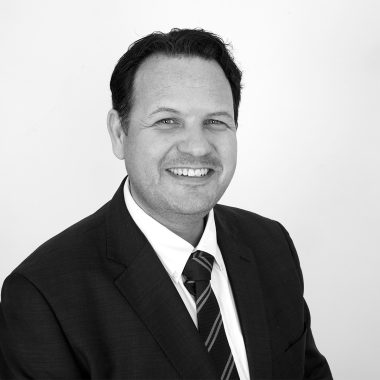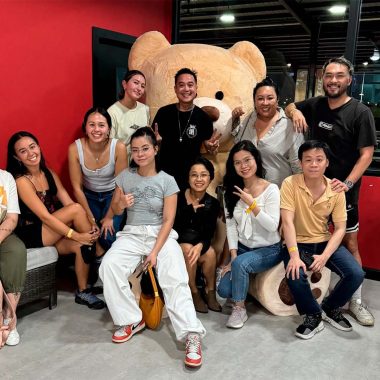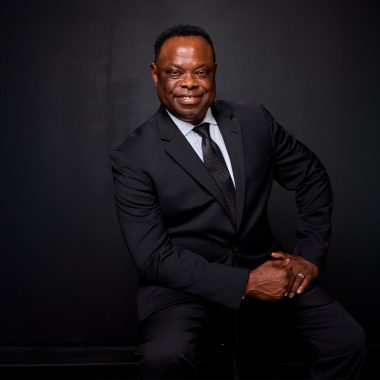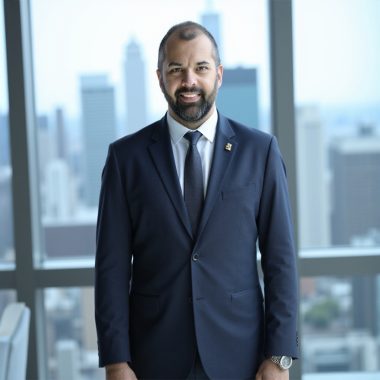Government contracting often gets reduced to bureaucratic processes and checkbox compliance. But for some leaders, the work carries deeper meaning. Michael Valdez Sanders built Interactive Government Holdings around a simple principle: pursue contracts that align with helping service members and their families. His approach offers insights into how mission-driven leadership can guide technology adoption and business growth in the government contracting space.
From Small Beginnings to Nationwide Operations
Sanders founded Interactive Government Holdings as a veteran-owned small business focused on non-medical case management for service members. The company’s portfolio covers underemployment, unemployment, suicide prevention, substance abuse resiliency, and domestic violence support. “Our portfolio covers that whole gamut of things that service members deal with pre-deployment, post-deployment, during deployment,” Sanders explains. “So that gives our work a lot of meaning and purpose.”
The company’s first contract was modest. “My first contract was $49,000 and it was one person in what they call a lending closet in Fort Wainwright, Alaska,” he recalls. The role involved helping military families who arrived before their household goods did. “When a family showed up, typically when they use military shipping, their stuff doesn’t arrive for a few weeks. And so the person in the lending closet gives them bed linens, pots, pans, things that a family would need to operate before their stuff got there.” That small beginning opened Sanders’ eyes to opportunities in mission-aligned contracting. Today, Interactive Government Holdings operates in every state, US territory, and the District of Columbia. The company has earned the DOL Platinum award for six consecutive years, which requires hiring more than 30 percent veterans.
Mission Alignment in Practice
He describes his approach to selecting contracts as deliberately focused. “One of the reasons I got into government contracting was because I still wanted to be of service to the nation, but didn’t want to just do butts and seats, help desk, non-mission based, non-critical contracts,” he notes. “The core responsibilities of our programs a lot of times really align with who I am as a person and the things that I care about.” This selectivity extends to how his business development team identifies opportunities. “There’s so many things the government buys across the board. You can run a search for everything the government is buying that day, and you can see everything from Q-tips to missiles to warships,” Sanders explains. “But what I really found compelling was the procurements that were in a certain area which I call non-medical case management. My VP of BD & Operations Tom Barnes calls it human capital.”
Technology as an Enabler, Not a Solution
When it comes to technology implementation, Sanders takes a pragmatic view. His team has taken over programs where technological improvements were surprisingly basic. “A few years ago, they were still shipping CD-ROMs to each other to exchange information,” he shares. “So for that it was easy to set up internal SharePoint. And then everybody across the country was able to have continuity of information.”
Other improvements have included implementing corporate email systems for programs still using Gmail and creating virtual phone systems that route calls directly to the appropriate county representative. “Sometimes adding tech to a contract is very simple and it just takes a little bit of investment into the contract to ensure that they can operate at a higher rate,” Sanders observes. He’s clear that technology isn’t always the answer. “Not every contract needs technology. A lot of them in terms of working with veterans and service members is face to face, and they prefer that direct interaction,” he notes. The key is identifying where technology can reduce friction and allow people to focus on mission-critical work.
Leadership Lessons from the Marines
He credits his Marine Corps background with shaping his business approach. “Being in the Marines, you learn to adapt and overcome. And that’s the same mantra that I bring to business, that no matter what happens, I can figure it out and keep on succeeding,” he says. His leadership philosophy centers on what he calls “hard head, soft heart.” This means combining determination with empathy-driven management. “Knowing who your people are, what’s important to them, ensuring that they have everything they need and setting them up for success” defines his approach. With over 100 employees, Sanders views his role as enabling his team. “I believe in autonomy and everybody having agency in terms of what they’re doing and when they’re doing it,” he explains. When I call people I am rarely asking what they are doing and most often is asking them “How they are doing”, and if there is anything I can do to make their experience at IGH better, supported engaged employees equal happy customers.
Looking forward, Sanders believes technology will increasingly free people from routine tasks. “As technology progresses, leaders will need to be working more on their soft skills than their hard skills,” he predicts. “Hopefully that will allow for deeper conversations, for people to do more creative and meaningful work as opposed to spreadsheets and reports.” For contractors seeking to align mission with innovation, Sanders’ advice is straightforward: “Find those places where you can allow your people to do their best work with the least amount of friction.”
Connect with Michael Valdez Sanders on LinkedIn to learn how mission-driven contracting and leadership can shape better outcomes for both veterans and government clients.
